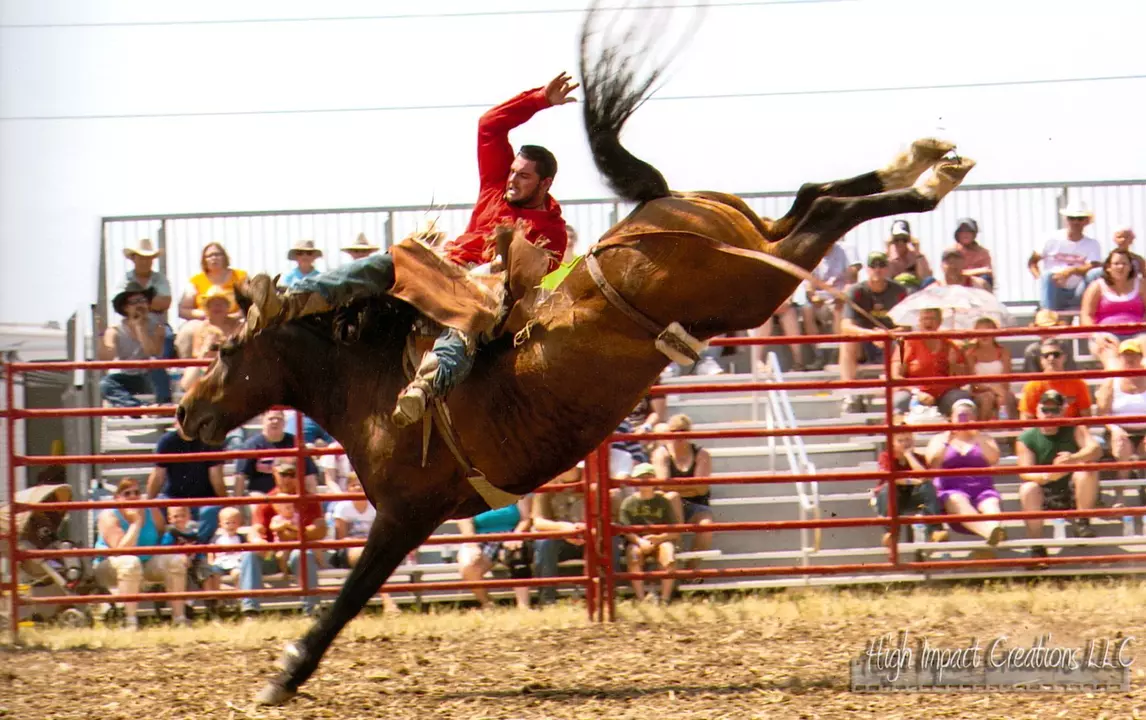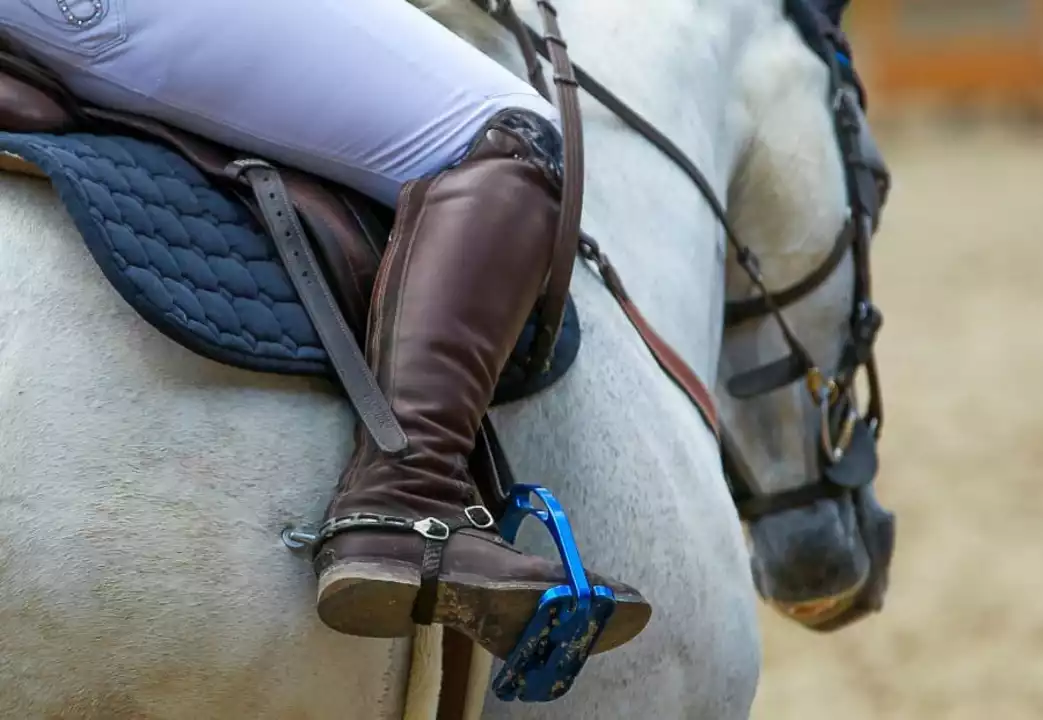May 2023 Equestrian Articles: Bucking Horses & Spur Choices
Welcome to our May roundup! This month we tackled two practical questions that pop up a lot in the riding world: what makes a rodeo horse buck, and which spur fits your riding style. Both answers are grounded in everyday experience, so you can put them to use right away.
Why Does a Horse Buck in the Rodeo?
First up, the buck. In a rodeo arena the sudden, powerful kick you see isn’t just showmanship – it’s often a reaction to real discomfort. The most common trigger is the flank strap. This strap sits snug around the horse’s abdomen, and when it’s tightened it creates irritation. The horse instincts tell it to shake the pressure off, so it bucks.
But the strap isn’t the whole story. Horses are prey animals, wired to protect themselves from anything that feels like a threat. A loud bang, a sudden movement, or even a rider’s unusual weight shift can startle them. When the animal feels vulnerable, bucking is a natural defense.
Breed and temperament matter too. Some horses, especially those bred for high‑energy work, have a stronger bucking instinct. Understanding a horse’s background can help trainers anticipate and manage these reactions.
Bottom line: bucking usually mixes physical irritation with instinctive self‑preservation. If you’re working with a rodeo horse, keep the flank strap snug but not painful, watch for sudden stimuli, and understand the horse’s natural tendencies.
Choosing the Right Spur for Horseback Riding
Next, spurs. A good spur is a communication tool, not a punishment device. The main types are English, Western, and Rowel spurs, each built for a specific riding discipline.
English spurs have a small, smooth rowel and are meant for subtle cues. They’re popular in dressage and jumping because the rider needs precision without overwhelming the horse.
Western spurs usually feature a larger, sometimes serrated rowel. They give a clearer signal, useful for cattle work or trail riding where a quick, firm cue is needed.
The Rowel spur sits somewhere in between, with a modest rowel that can be used for both light and stronger prompts. It’s a good all‑rounder if you ride multiple styles.
When picking a spur, consider the horse’s sensitivity. A softer‑skinned horse may need a milder spur, while a tougher horse can handle a bit more pressure. Also, think about your own experience level – beginners should start with a low‑profile, lightly weighted spur and upgrade as they grow comfortable.
Most importantly, use spurs responsibly. They should reinforce leg aids, not replace proper riding technique. Pair a well‑chosen spur with consistent training, and you’ll have a clearer, kinder line of communication with your horse.
That’s the May wrap‑up: a quick dive into why rodeo horses buck and how to match your spur to your riding needs. Keep these tips in mind the next time you’re in the arena or on the trail, and you’ll ride with more confidence and fewer surprises.
What causes a horse to buck in a rodeo?
During a rodeo, a horse may buck for various reasons. One primary cause is the discomfort from the flank strap, which is tightened around the horse's abdomen, leading it to buck in an attempt to get rid of the irritation. Other factors include the horse's natural instinct to protect itself from perceived threats, such as a rider on its back, or a sudden noise or movement that spooks the animal. Additionally, some horses may have a higher tendency to buck due to their breed or temperament. Overall, a combination of physical discomfort and the horse's innate instincts contribute to bucking in rodeos.
READ MOREWhat type of Spur should I use when Horseback Riding?
As a horseback rider, choosing the right type of spur is crucial for effective communication with your horse. There are various types of spurs, such as the English spur, Western spur, and the Rowel spur, each designed for specific riding disciplines and horse's sensitivity. The key is to find the right balance between providing clear signals and not causing discomfort to the horse. If you're a beginner, it's best to consult with a knowledgeable trainer or riding instructor to help you make the right choice. Remember, it's essential to use spurs responsibly and always prioritize the well-being of your horse.
READ MORE
